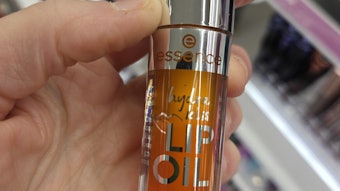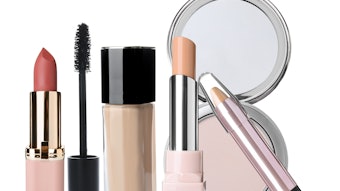
In the United States, there are fewer regulations that govern beauty products (versus Europe–a common comparison) and what ingredients can be used in them. Current U.S. FDA regulations for semi-permanent/temporary hair colorants only require that brands provide accurate usage information to minimize irritation, which have little to no restrictions on the types of dyes used. Therefore, some brands can use either textile or other technical grade dyes. It’s up to each brand to ensure that the products marketed to consumers are safe to use and won’t cause irritation.
Consumers place importance on clean beauty and safety
A survey conducted by Mintel, in partnership with Sensient, showed consumers have an interest in clean beauty and clean hair products in general.
Clean beauty expands beyond cosmetics and skin care with three-fourths of respondents and at-home hair dye users stating that using clean hair products is important to them. Clean beauty is significantly more important for those who have experienced irritation in the past and for those who place importance on hair care.
Safety emerges as an important factor when selecting a brand of at-home hair colorant or dye, and rightly so as 4 in 10 consumers reported they have experienced irritation from hair dye or color products.
Along with safety, “long-lasting color” and “ease of use” stand out as top factors when selecting an at-home hair colorant or dye brand with 8 in 10 consumers rating each factor as important. Over two-thirds (68%) of respondents are concerned with the safety of ingredients in hair color and dye products, increasing to 80% among respondents who have experienced irritation in the past.
 Lack of Brand Loyalty in the space
Lack of Brand Loyalty in the spaceThe Mintel survey also showed that at-home hair dye users are not brand loyal–this is especially true for consumers who currently use temporary or semi-permanent hair color. Among consumers who currently use at-home hair dye or who would consider it, two-thirds (67%) are likely to try a brand of at-home colorant or dye.
Irritation Impacts Purchase
Our research showed that consumers who have experienced irritation from hair dye in the past are also more likely than others to say they’re interested in trying a new brand of color or dye. Experiencing irritation gives consumers a negative impression of a brand overall and 1 in 5 who experience irritation said they’ll avoid using any products from a brand that has given them irritation in the past.
Ask Sensient…
For more information about the study conducted by Mintel, go to https://sensient-beauty.com/contact-us/ and enter “Mintel Hair Dye Study” in the “Questions & Comments” section of the form.
Methodology
The At-Home Hair Dye Consumer Online survey was conducted by Mintel in English with an average interview length of 15.9 min. All interviews were conducted between February 18-March 1, 2021. Results were analyzed at a 95% confidence interval; total sample of n = 2,548, +/- 1.94% margin of error.
Disclaimer:
The above paid-for content was produced by and posted on behalf of the Sponsor. Content provided is generated solely by the Sponsor or its affiliates, and it is the Sponsor’s responsibility for the accuracy, completeness and validity of all information included. Cosmetics & Toiletries takes steps to ensure that you will not confuse sponsored content with content produced by Cosmetics & Toiletries and governed by its editorial policy.










